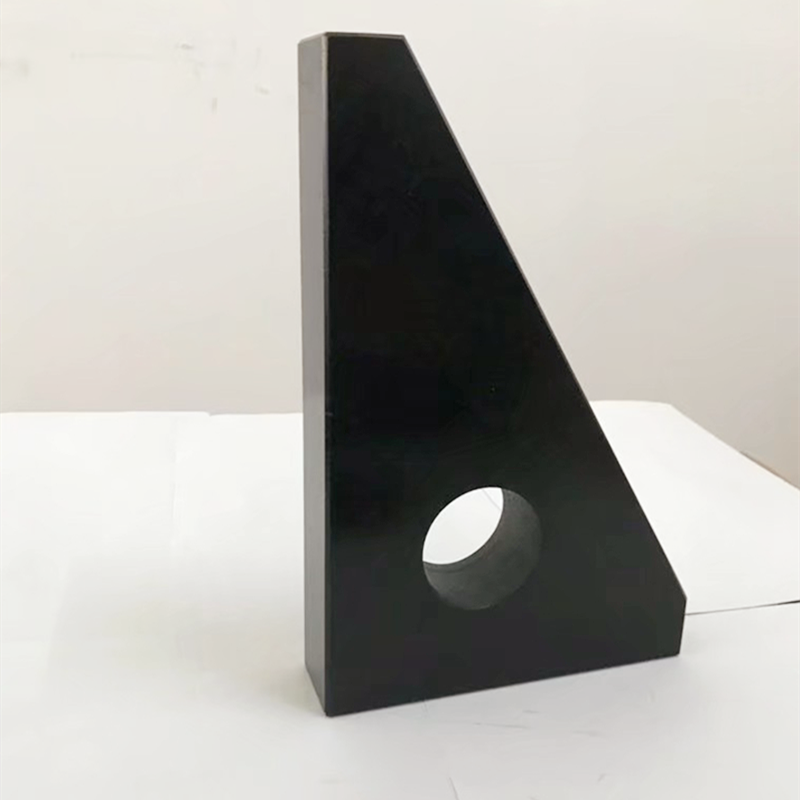Окт . 21, 2024 11:10 Back to list
10-Inch Check Valve for Reliable Flow Control and System Protection
Understanding 10-Inch Check Valves Design, Functionality, and Applications
Check valves are essential components in various fluid systems, primarily designed to prevent backflow. Among the various types and sizes available, the 10-inch check valve is particularly noteworthy for its applications in industries such as water treatment, oil and gas, and chemical processing. This article discusses the design, functionality, and applications of 10-inch check valves, highlighting their importance in maintaining system integrity and efficiency.
Design Features
A 10-inch check valve, measuring 10 inches in diameter, can come in various designs, including swing check valves, lift check valves, and ball check valves. The choice of design affects how the valve operates and interacts with the fluid flow.
The swing check valve, for example, uses a hinged disc that swings open with forward flow and closes to prevent reverse flow. This design is ideal for applications where the flow is pulsating or intermittent. In contrast, lift check valves allow the disc to lift off its seat when the flow is adequate, making them suitable for high-pressure systems. Ball check valves utilize a ball that seals off the flow when it attempts to reverse, providing a straightforward and effective solution.
Material selection is also crucial in the design of 10-inch check valves. Common materials include stainless steel, PVC, and ductile iron, each offering unique benefits. For instance, stainless steel provides excellent corrosion resistance, making it ideal for harsh environments, while PVC is lightweight and suitable for less aggressive applications.
Functionality
The primary function of a check valve is to allow fluid to flow in one direction while preventing backflow
. This function is vital for numerous reasons1. System Protection Backflow can cause significant damage to pumps, pipes, and other components. By preventing reverse flow, check valves help maintain system integrity. 2. Pressure Maintenance In systems where pressure must be maintained to ensure operational efficiency, check valves help prevent drops in pressure that can occur when backflow happens.
3. Energy Efficiency Preventing backflow can reduce the loss of energy in a system, leading to lower overall operating costs.
check valve 10 inch

4. Safety In many industrial applications, backflow can result in hazardous situations, such as leaks of toxic substances. Check valves play a crucial role in ensuring safety by minimizing these risks.
Applications
10-inch check valves are used in a variety of applications across multiple industries
- Water Treatment In municipal and industrial water treatment facilities, these valves help manage the flow of water and chemicals, preventing contamination and ensuring efficient processing.
- Oil and Gas In pipelines and refineries, 10-inch check valves control the flow of crude oil, natural gas, and refined products. By preventing backflow, they help protect the integrity of pipelines and ensure safe operations.
- Chemical Processing In the chemical industry, check valves are used to prevent backflow of hazardous materials, helping to ensure safety and compliance with regulatory standards.
- HVAC Systems In heating, ventilation, and air conditioning systems, check valves help maintain proper fluid flow, enhancing system efficiency.
Conclusion
In summary, 10-inch check valves are vital components in various fluid systems, offering crucial functions such as preventing backflow, maintaining pressure, and enhancing safety. With a range of designs and materials available, these valves can be tailored to meet the specific needs of different industries. Understanding their functionality and applications allows engineers and operators to select the appropriate valves for their systems, ultimately leading to more efficient and reliable operations.
-
Why Metric Trapezoidal Thread is Ideal for Precision Motion ControlNewsAug.05,2025
-
The Unique Properties of a Block of Granite for Industrial UseNewsAug.05,2025
-
The Role of Flanged Y Strainers in Preventing Pipeline ClogsNewsAug.05,2025
-
The Importance of Regular Calibration for Master Ring GagesNewsAug.05,2025
-
How a Cast Iron Surface Table Enhances Accuracy in ManufacturingNewsAug.05,2025
-
Comparing Different Check Valve Types for Optimal Flow ControlNewsAug.05,2025
Related PRODUCTS









